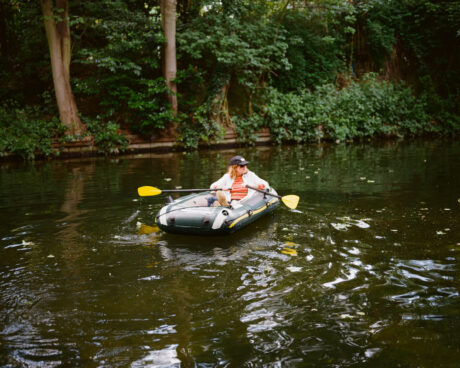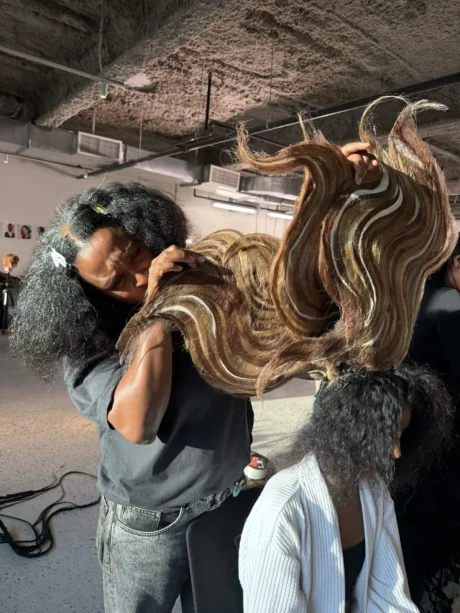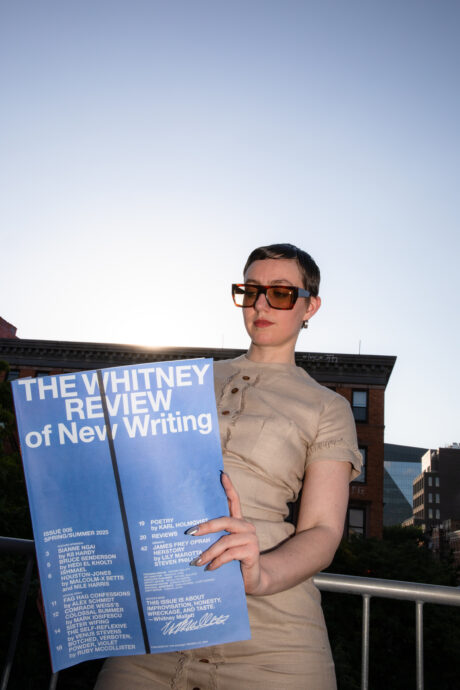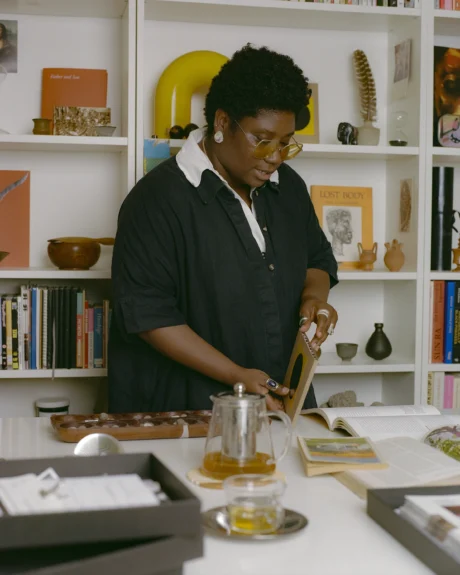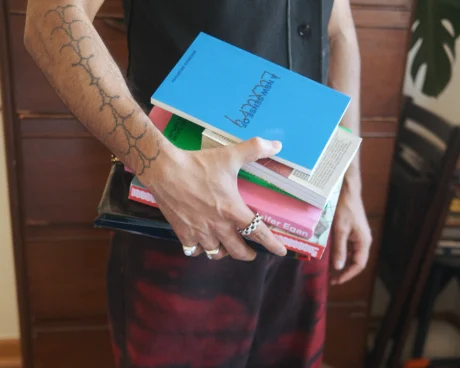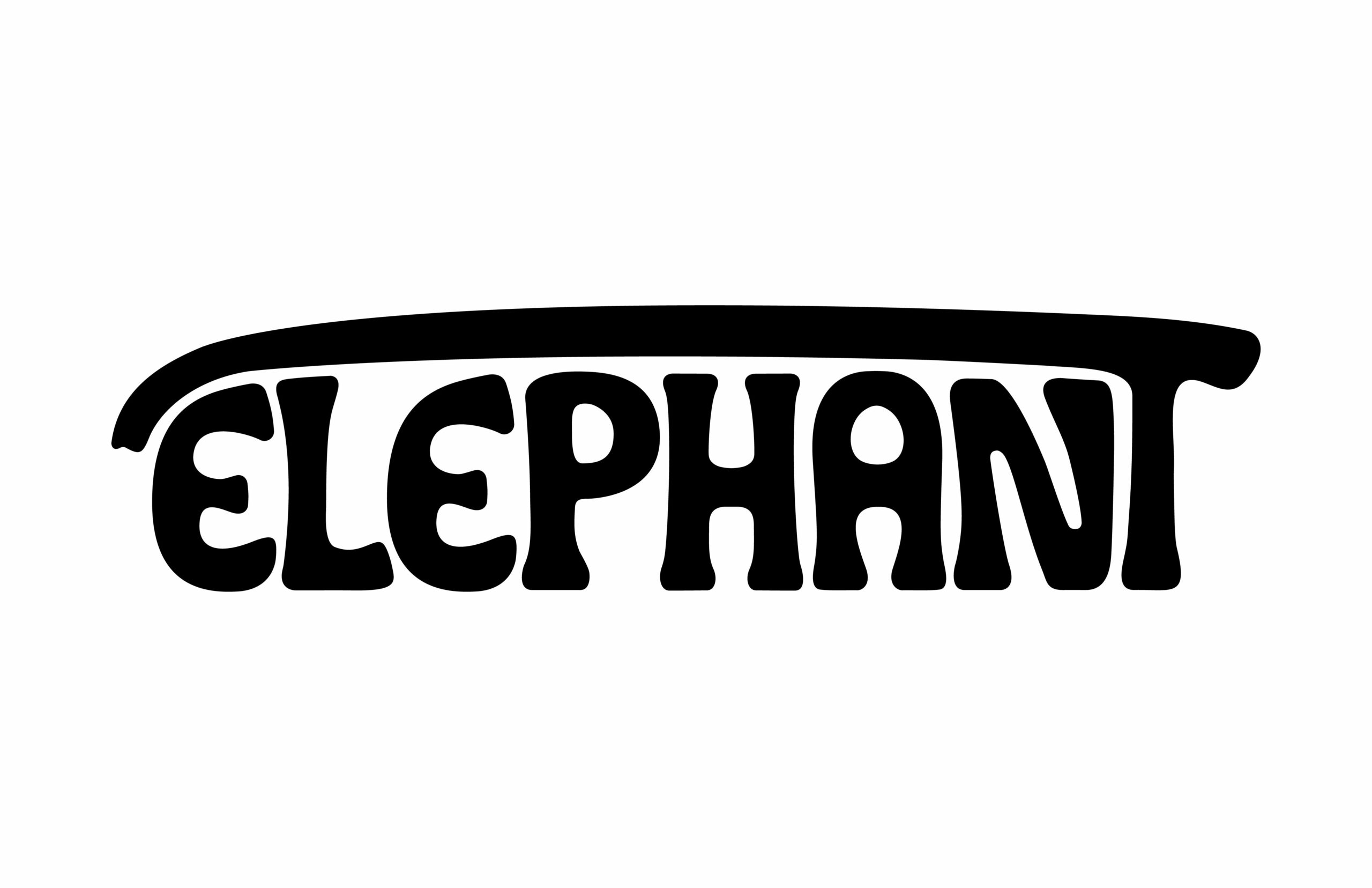In a landscape where galleries often chase the illusion of effortless success, Onyedika Chuke is transparent about the failures and the sheer force of will required to do things differently. Creative consultant and cultural strategist Vajra Kingsley sat down with Chuke for Elephant.
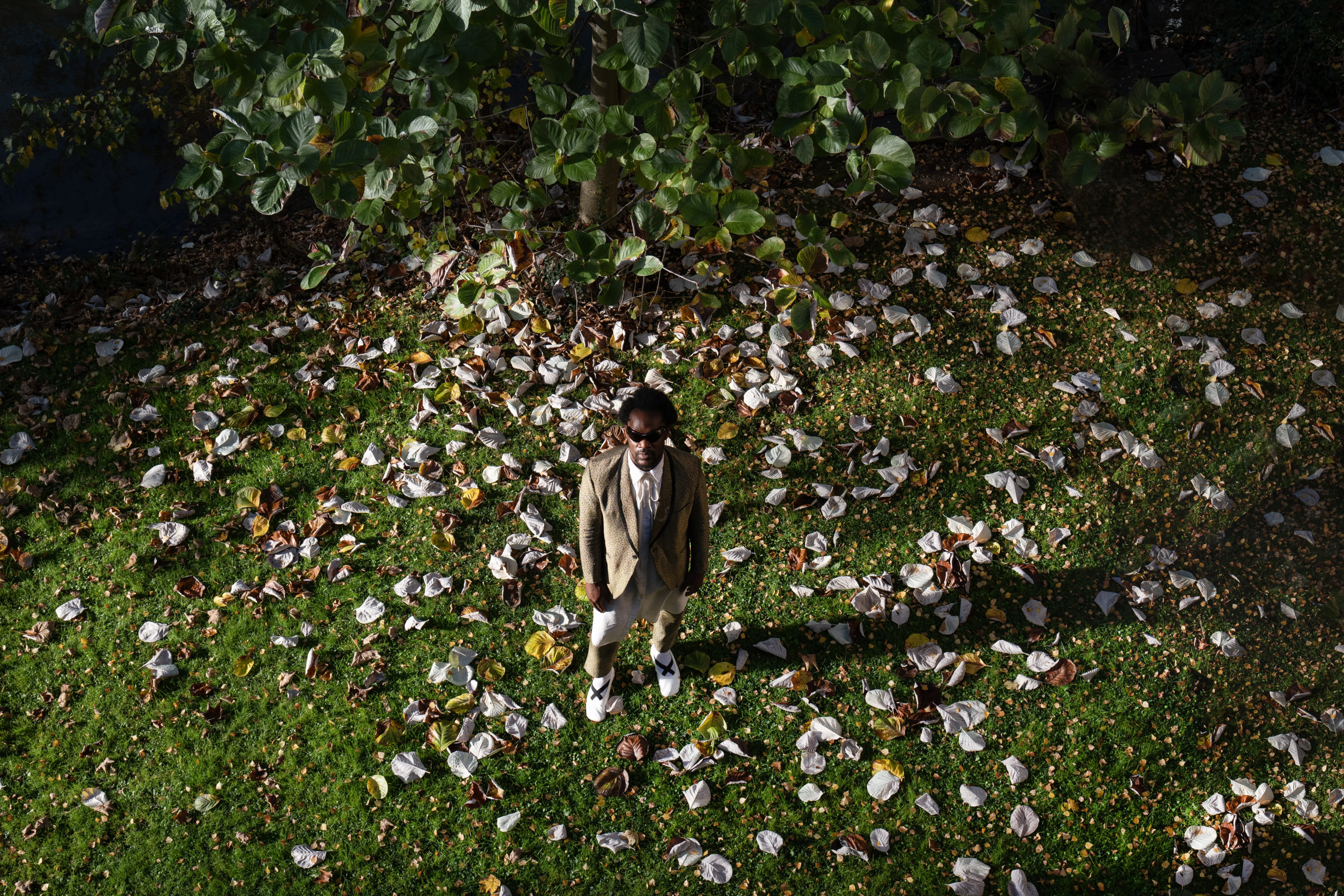
As an artist, gallerist, and art advisor, Onyedika Chuke approaches his work with a blue-collar ethos, an unwavering commitment to craft, and a keen awareness of the risks inherent in building something from the ground up. I met him on the fourth floor of Tribeca’s 52 Walker building as light streamed through the rounded windows of his gallery, Storage. We sat and spoke at an antique worktable, its surface spotted with paint from decades of use. The table, a craftsman’s furniture retrofitted to serve as the gallery’s reception desk, is a good metaphor for the quietly transformative choices that make Chuke’s platform distinctive – a platform that is deeply personal, rigorously independent, and unapologetically artist-first. What emerged was not just a conversation about being a gallerist but a meditation on the intersection of vision, passion, and self-determination. He spoke to the realities of running a gallery in a challenging economic climate and how aesthetics, far from being superficial, are an essential “technology for survival”.
Vajra Kingsley: What is the aftertaste you want people to have when they read this interview? Is it your overall vision? Is it why you’ve decided to become a gallerist?
Onyedika Chuke: The biggest fear that I have in life is to be misunderstood, to be stereotyped, to be marked as something I’m not, so I want people to walk away feeling that they know what I am. Who I am is an artist. I’m a dealer, I’m an educator, I’m an entrepreneur, and I approach all of these things from a very blue-collar mindset and a sensitive place of knowing that I don’t know everything. I don’t want to be marked as an artist that just happened to, on a whim, open the gallery. My journey working in galleries started two decades ago.
It’s important to really understand the methodology of why this gallery runs the way it does, and what is at the centre of my life ethos. Why would someone take this amount of risk on a daily basis in order to build something? What is the entrepreneurial aspect of my makeup that puts me forever in harm’s way to keep doing this? This is the worst economy that we’ve had in a long time. This is a very expensive endeavour. There are a lot of people that I’m responsible for, and the backdrop is a history that has not been kind to people who are not moneyed in this business, not to get into the whole gendered and racial dynamics of things. We could have this conversation without that. I think whatever’s implied people will pick up on it. People know themselves, they know their neighbours, they know the government and the way things actually play out.
VK: Absolutely. The way that you’ve metabolized both art history and the business side is so interesting. It was quite profound while I was speaking to Paul Schimmel. He said there are people like Dick Bellamy and Leo Castelli who have taken their unique background characteristics and used them to support a creative ecosystem in a way that the general zeitgeist and market weren’t invested in during that time. I feel that you’ve honed really foundational aspects of the iconic dealer that we all like to idolise: the dealer who is artist-first and has the courage and vision to take risks. It’s like you’ve been able to have this long-form vision that has unbelievable integrity both to art history and the artists you work with. I’m interested in understanding how that’s come out of your past and how that informs your strategy as a dealer.
OC: If I were to try to describe how I make the decisions I make, it’s mainly from a perspective of being of a certain economic echelon, having to work, having to show up on a daily basis, having to think ahead, having to build every single part of my life with my own bare hands. Growing up in a city, being an immigrant, having to spend. There are just certain parts of me, even still, that I’m not comfortable sharing because the art world twists stories quite often. I don’t warrant any pity or anything like that.
My decisions often are made from my experiences dealing a lot in 2007 after meeting an art dealer who didn’t have any children. I became like a son to her; I learned from her. I’ve also practised just about every single media that’s been presented at a gallery, even before I even got to art school at Cooper Union.
When people often walk in the gallery, they look at me and they’re like, “Are you an artist? Do you work here?” They’re just really confused. Most of the time, they haven’t heard about the gallery. They’re like, “So why did you start art dealing?” I get that question, I could assume, more than other people might, and oftentimes I’ll push the conversation into the exhibition. Because for them, they’re meeting a challenge as far as the question goes: “Who has the right to present art? Who has the right to collect art, who has access to an artist studio?” These are the questions that I might butt up against on a daily basis more than others, and that’s been going on for the past two decades. In many ways, there is pushback because if you don’t fit the norm of a particular environment – in this case, the art world, which is very white-male-dominated – people are often challenged. I usually ask myself, “Can they get over those barriers and consider these artists as being historical? Can they consider that, if anything, the person presenting the work is well-studied and apprenticed?”
At the same time, it creates a hypersensitivity that I see as positive, in that it makes me not take anything for granted. The obstacles do create opportunities for a certain type of sensitivity and a very methodological approach to the alignment of the artist’s production, to art history, to timing in the market, to curation, which ultimately leads to better production. It makes me know that I have to work probably two to 300% harder than my counterparts. But I’ll never glorify struggle.
This gallery that we’re sitting in now is one that I renovated myself. I designed it specifically to be curated by myself, knowing that the shows that exist here would be historicized. I don’t care if it’s the ivory tower, I don’t care if it’s the top 200 collectors – someone is going to care about this. This means something to somebody. I’m curating for that individual and I really don’t give a fuck where they’re coming from because when the artist is making the work, at least true artists, they’re not thinking about one particular client. They’re not thinking about people who are so removed from their daily lives. They’re making it out of life circumstances that they’ve been put in. I respond to those positions in my curatorial practice and in the way I relate to my audience. When they walk into my gallery, we talk with them, and we engage them. We seek to demystify the process of access to art history, museums, and collecting.
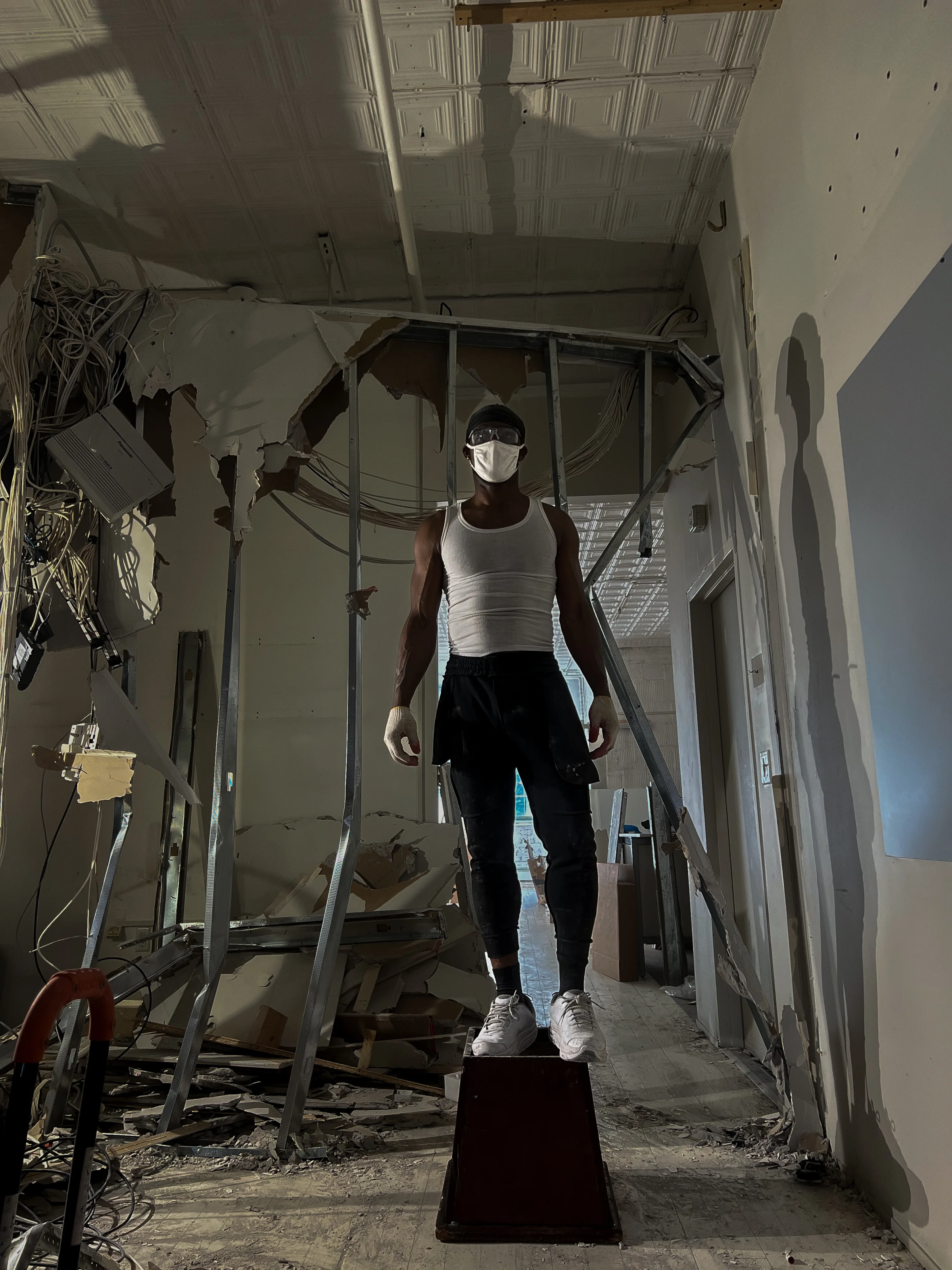
VK: I want to talk about the gallery and your vision for what your role is both to the artists that you’re representing and also to this collector community that you’ve been building over the last few years. If you are looking five years from now, what is that ecosystem you’re creating? From how I feel looking in, right now, it’s a place that’s less about art history and quality and creativity and new ideas, but more about the market. I think that you do have a really sensitive and spot-on way of curating, working with and pricing your artists, and putting them in smart collections, as you’re showing both emerging art and historical art. You’re dealing with a lot of qualities and standards that a gallery of two years is rarely setting.
OC: I’m an archivist operating from the position of a blue-collar builder. Call me the janitorial staff if you want. I’m familiar with plumbing. I know how to fix your walls and perhaps place art on them. And I know for a fact, at some point, you’re going to need my services.
Historically, an archivist will refer to organised information and try to find something relevant to point people to. They have a set of codes and say to someone, “Hey, this might be what need to muse on in order to better understand the times that we’re in.” I don’t have the power to go and buy so-and-so amount of works. I don’t have the power to buy articles to shape my neighbours, but I do have the power to find really interesting work and do my best to make sure people are looking at it. And eventually, people would feel that the works are so good that they purchase them. Maybe at that point, the standards will be changed.
In terms of my pricing, I plan backwards. I started in the secondary market, looking at Ellsworth Kelly’s work at Sheehan Gallery, when he was in the last days of his life. I started looking at Lichtenstein and Lachlan and Warhol and Joan Mitchell. When those are the first transactions as an art student living between the Lower East Side and Bed-Stuy before it got gentrified, coming by way of the Bronx and a foreign country – it’s going to shape your pricing, especially if you’re sensitive and not trying to become part of the bourgeois. I don’t care for that.
But by looking at pricing backwards, you realise that prices must be done in a way where people have access to the work, and in a way that’s responsive to what the artists have been able to accomplish exhibition-wise. They have to be sensitive to economics, of course and also know that there are going to be market downturns some odd years.
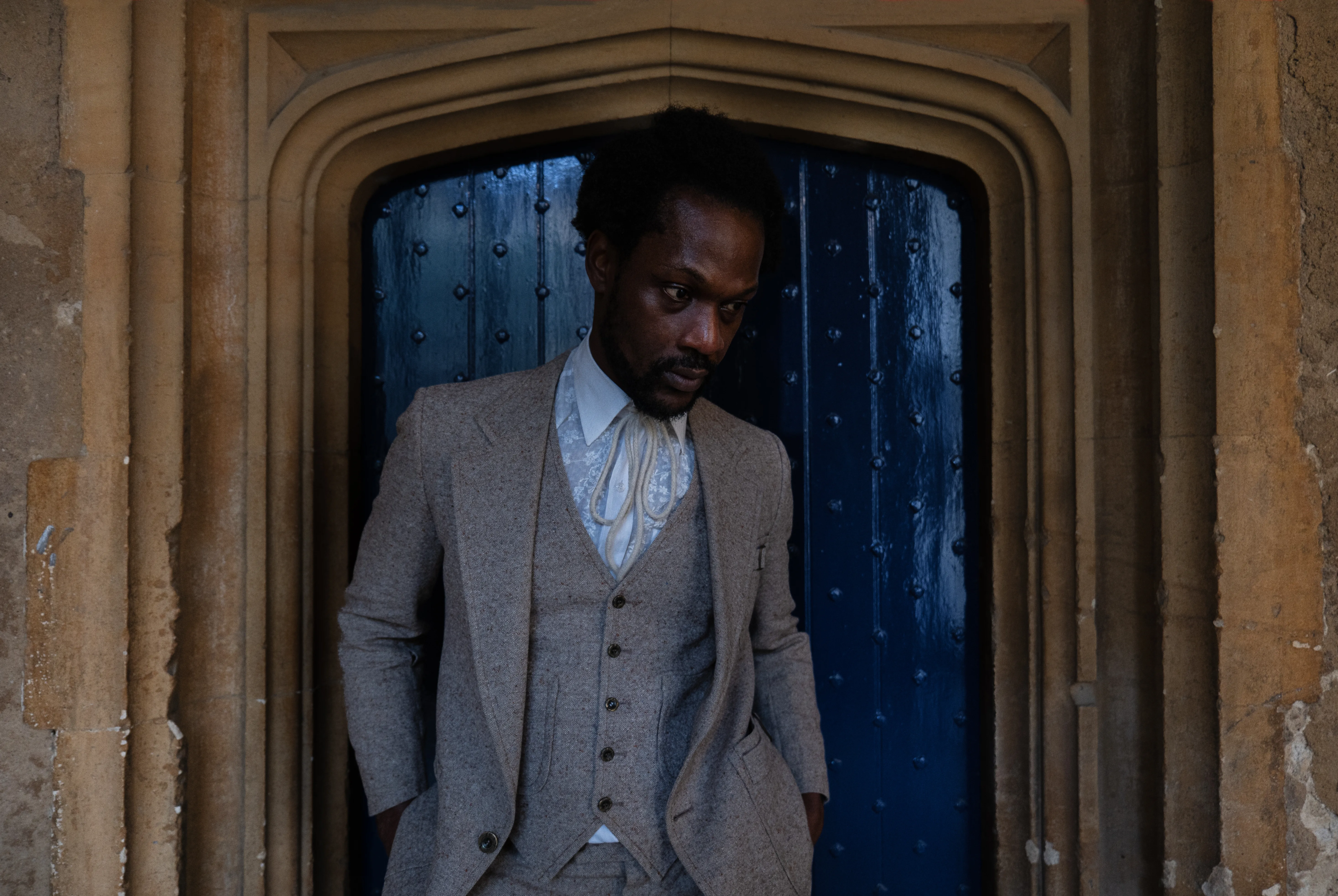
VK: And there is a sense of loyalty and dedication when a collector truly loves being a part of that process. It’s very exciting to think of where you are now and where this kind of environment and support is going to go.
OC: When I was opening this gallery, I had a proper five-year plan and everything that I assumed would happen is pretty much happening as we finish year two. We’re becoming more stable economically. We’re getting our artists into institutions.
VK: Many people start a gallery with a five-year plan and 18 months in, they’re out of money. The odds are against you.
OC: Oh, 1000%. As I was finishing the renovation of the gallery in September 2022, my exhibition was opening and I was in shorts and covered in dust, still working on lights as people walked in. We opened at noon because I always counted on the fact that I might have to have another job, so I could go work my job in the mornings and then come in at night to do what I needed to do.
I opened with group shows for months. I didn’t open with solo exhibitions or artists that people know. I haven’t had a blockbuster exhibition, though I have access to artists. I’ve been around for 20 years. I can call up certain people and do the selection that many galleries open with. It’s smart, but I needed to set an identity as early as possible.
The odds are against someone who might want to shift the way things are being seen, but it’s not being done out of my own will. A small minority of the art world would like to see things work differently. I just happen to be part of that. The majority are definitely okay with the way things are, and that’s why the bigger galleries keep getting larger. And as smaller galleries close, people actually find that to be somewhat interesting in a way. There’s a gladiatorism that comes with watching galleries close. People feel themselves validated somehow. Maybe there’s a Cartesian thing that happens, seeing a defeat or someone that took a risk.
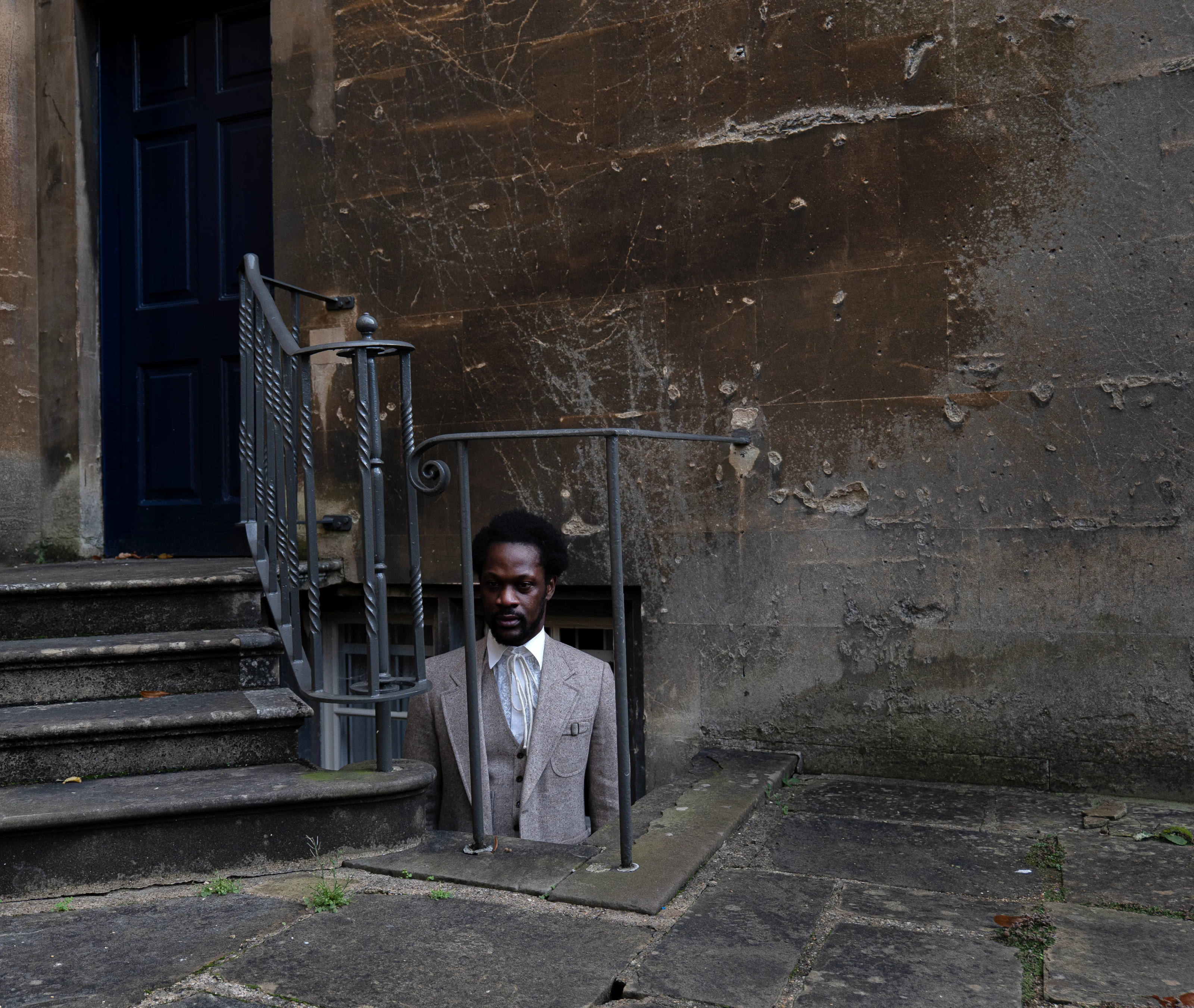
VK: In a toxic environment of favouritism and nepotism, I’m interested in how you’ve actually thought of creating job opportunities or educational opportunities, specifically your work with Foster Pride. You’re thinking now how you can give back to this ecosystem and be an educator. You were given an opportunity that you were hungry enough to seize and become a mentee to someone, but now you’re in a place only 15 years later, where you’re starting to give that back within your own gallery system.
OC: In my mind, I don’t call it “giving back” – it’s a system of mutuality and coexistence that really sees the players as important and understands that generationally, it’s better to create a place where people are informed and have access. In many ways, it’s more like an installation. By working on the educational front and creating a vocational system where people can learn how these things are done, we’re ensuring that it remains a little safer for artists to be exhibited. It remains a little bit more accessible for people to think bigger. And it is exciting because I’d rather my conversation and my interest be with someone who is still in the stage of learning than someone who’s jaded. I spend more of my time with a staff and a mentorship group that are in their twenties and in their teens than I do with people who say, “Oh, that’s not possible.”
As far as the five-year plan with institutions, the Memphis Brooks Museum reopens with a Rick Lowe painting that I placed there in 2020. There’s another massive work of Rick Lowe that’s at Brooklyn Museum, a placement I initiated and worked on. There are other collections that I’ve been able to be a part of that are institutional with a decent amount of private collections from really interesting, sought-after collectors. But at the same time, I always make sure that works are on reserve for people who are starting their collections because I need to see them in five years on museum boards.
I also started the gallery knowing that this is not a business that you get involved in to make a tonne of money. People think that galleries are just rolling around in money that’s been collected from artists. Even for the galleries that are selling these things for $300,000, or $400,000, I would love to see their books. I would love to see how many artists in their roster are actually going to read these numbers. There was a study that was done, and we probably have to check the numbers on this, where it’s only 20% of the artists in the art world that are actually doing well. That’s a small percentage – which galleries are they at? Probably larger mega-galleries. There’s this idea that every single gallery is just netting a total profit and being wasteful and just screwing around.
One thing that’s really interesting is when profiles are written of people who don’t come from the centre of wealth, their backgrounds become the centre. When profiles are written for galleries run by people from wealth, their background is not mentioned. I’m really curious about that because I would love to know where all the money comes from. What is the monetary generational makeup of Hauser & Wirth or David Zwirner, and a decent number of other galleries? It remains unspoken.
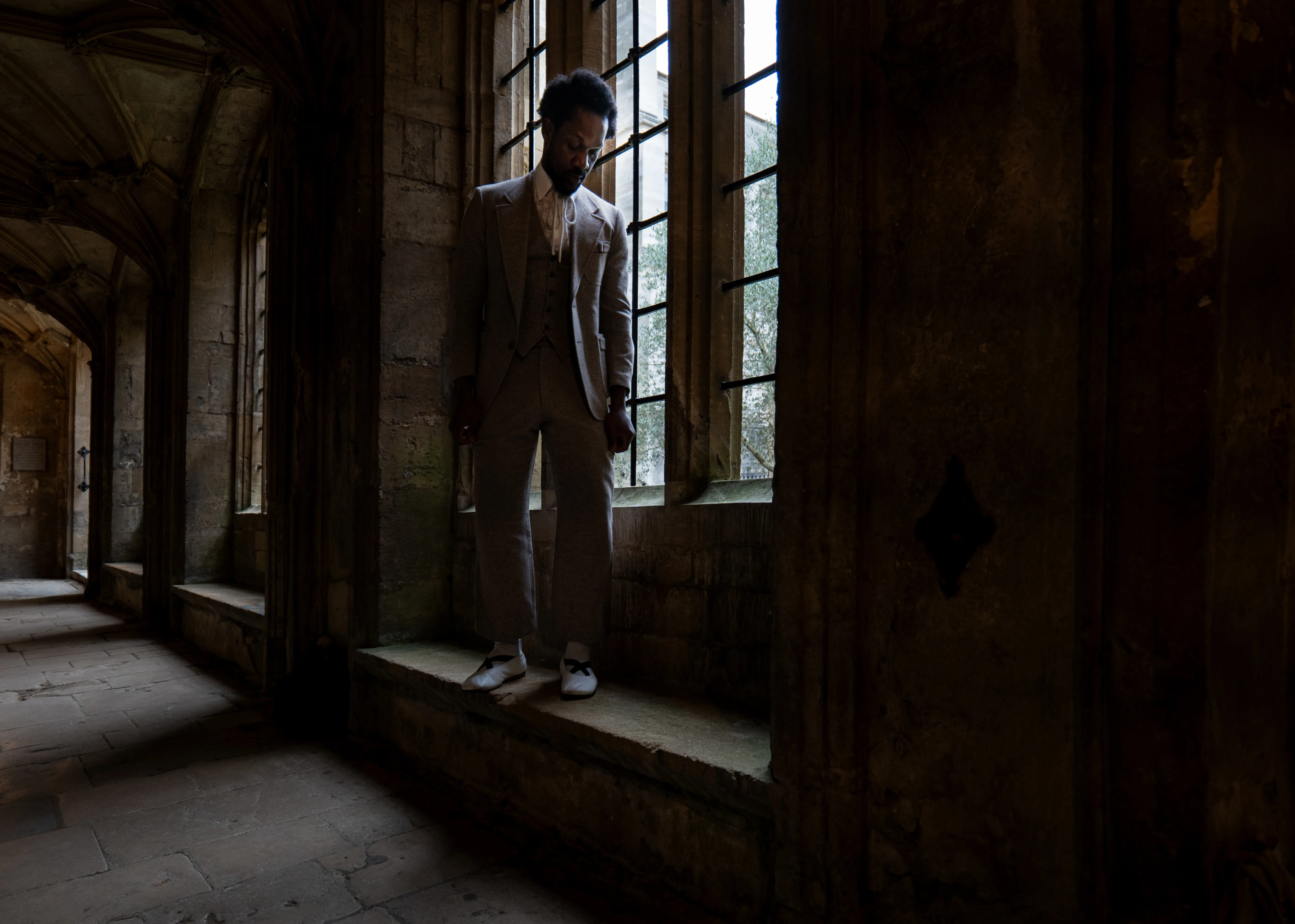
VK: That goes back to the lovely thing of, it’s all smoke and mirrors. Rich people don’t want to buy from a gallery that isn’t doing well, and so everyone wants to put up this false narrative that it’s all so easy. I’m also very interested in the publishing and academic work you’re doing around your artists and you playing into the idea that everyone is actually their own publishing house in this day and age. How do you see the gallery functioning, not just as a space to show artists, but as a place to educate your ecosystem with research, writing, and content?
I saw that video that you sent me. You’ve clearly got a producer and editor vision in you as well. I mean, I’m not trying to compare you to a mega-gallery like Hauser & Wirth, but if you think about where these big galleries are going because of what they can do, I almost see that you’re on the other spectrum saying that you can be a librarian and an archivist and be able to put out just as poignant and important information on the artists you’re showing without having 30 galleries around the world and 200 employees.
OC: Well, there are two places I curate projects from. One is making sure that I’m able to access my level of excitement when I saw the work for the first time, when I first witnessed the artist. What is the thing that really got me thinking so much about that work, that particular person, to go to the studio or to be walking down that street? Where was my body? What kind of tension did I have inside of me? Was my spirit in disarray before I witnessed this work? Was I bored? Was I trying to resolve something? Was I content? I’m really curious about how I might be able to curate a space where the audience can feel the same thing.
I’m a very sensitive person that’s gone through a lot of shit and the work was able to draw something out of me, able to create a healing, or a questioning that makes me want to become better as a person. Practising sensitivity and meditation is a big part of curating, of art dealing, and of being present. Everything in my life is centred around that sense of sensitivity, meditation, and dealing with trauma. It’s a place of seeking the works of art that might be able to pull some of these things out. When I’m able to think that way, which comes naturally in many ways, then everything else tends to make sense. My profile and the way I present really does not mean that much. I just do this shit every day.
VK: Well, it’s very easy to put everything on a pedestal and put the capital ‘A’ next to your name and say that what you’re doing is divine.
OC: And, speaking of media, if I can take a work of art and build the box that the art exists in, we can recontextualise the work. This gallery has a 1960s-Soho-Tribeca vibe. It has the white walls of Clement Greenberg. It has the rustic, raw vibe of someone who did a renovation for like $15,000. We could put work in it. The work looks good here. Now, what’s the surrounding content? And if we don’t have a publicist, the funds are not necessarily always there. Okay, cool, we’ll create it ourselves.
And of course, it costs time. But oftentimes, when we are also still in research mode, we’re learning so much about the artist and the audience. Part of content production is also talking to whoever comes to the gallery. We give walkthroughs five, six and in a very busy season, maybe 20 times a day, right? We’re gathering content, we’re able to understand what people are seeing, what they’re compelled by, and they’re also giving us information. They’re giving us reference points that we didn’t even think were existent in the work. That’s how we are able to sustain and grow a little bit faster than other galleries because we actually talk to people. We are always gathering content, and now we’re in a place of creating good edits of the content and putting them back into the world as material.
It just makes us better. It helps us learn – “To teach is to learn twice” is a mantra of mine. To teach people the aura of that work, or at least to attempt to… I look at that work five or six more times over and it’s only going to get better the more I see it, so I let the content live on a platform where people can hit replay and learn more over time. And again, we sell more art. People learn more and then they are compelled to live with the work.

VK: From what you’ve learned over your two decades of experiencing the art world, both as an artist and as a business individual, what are the tent poles that guide you? What does that leave you now wanting and what have you learned? If there were a few things that you would tell someone who wanted to authentically create a space for artists, what have you now come to understand?
OC: For one, practice good aesthetics daily. Another is that a small failure will hurt as bad as a big failure. In many ways, this is not going to kill you. Dealing and curating, being a gallerist, talking with strangers, being rejected multiple times the way that a good salesperson should… you should seek rejection.
For anyone who wants to get involved in this, my gallery runs from a book of procedures that I’ve been working on for the last few years. Every single part of what we do is written down, from meetings to the way emails are sent, every single thing. I wouldn’t mind leaving it behind whenever I’m done. It’s still a work in progress, but at the same time, I think most people do have what it takes to run a gallery. Most people do have what it takes to take risks.
It’s not something that is that mysterious. It becomes more mysterious when we are trying to only do it one way and we want to do it the way someone did it back in the sixties. Most of the models that we started in the sixties haven’t shifted. It’s going to be mysterious to try to do it that way. You cannot enter. People will call you crazy names and you’ll give up at some point if you’re not from that group that was considered vetted and ready. Invent your own path and find two or three people who really believe in how you think.
VK: What gives you courage on a daily basis? You speak a lot about mantras and meditation. What is your grounding rod that keeps you courageous and in good faith?
OC: Failure.
VK: Failure. Amen.
OC: Deep abject poverty. And also, regret. I mean, it really all comes from where people consider it to be dark, but if you haven’t been there, then you wouldn’t know what I’m talking about. We just call it dark. If you’ve been there, then you’ll say, okay, I see you. Let me get to work. I just so happened to be dealing art and if I wasn’t doing this, I’d be in another business, probably busting my ass there as well.
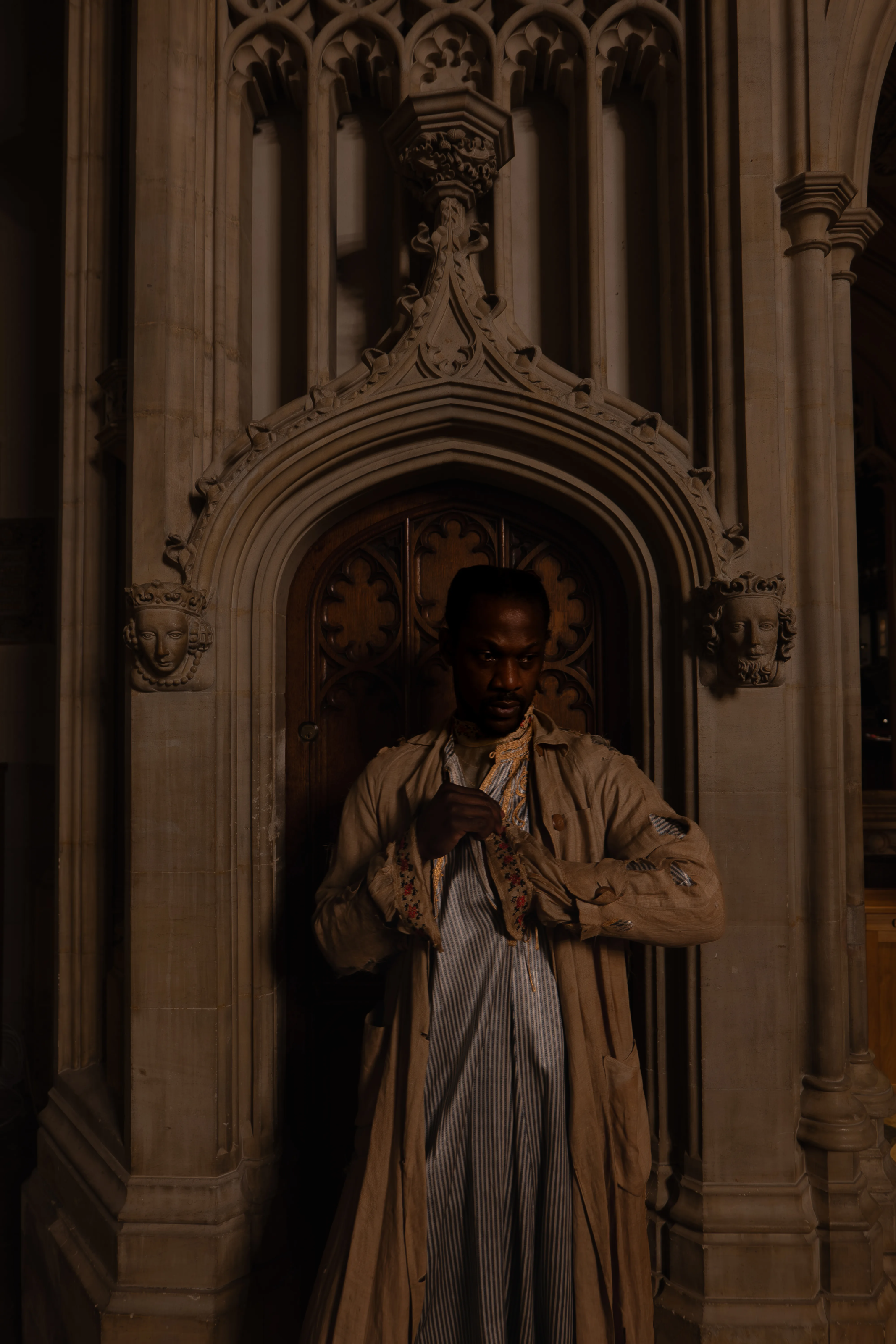
VK: Besides Susan Sheehan, are there any individuals that you look to, in terms of how you formed this book of methodologies for the gallery? Or did you feel you had to throw out the rule book and recreate it for yourself?
OC: The thing is, that the rule book was never available to be looked at. I was never put in a position where someone gave me day-to-day procedural things about running a gallery or a business. I’ve been on my own since I was 11 years old. I didn’t have a rule book to go by, I didn’t have the type of mentor that would walk me through a process. I had to learn from watching. I had to learn from really looking at the aesthetic choices made by people, understanding that aesthetics are a huge part of evolution and how we’re able to get to where we are.
You can be impoverished but still have great aesthetics. It becomes a matter of what type of impoverished you are. Is it spiritual? Is it material? Then, how can you navigate that through your aesthetic choices? But these are not things that someone said to me. One thing that was offered to me was the phrase, “You must practice good aesthetics every day.” Susan left me with that, and I had to lean into it because, coming from her demographic and her background, it meant something very different from where I came from. I had to translate it and pull pieces of it out knowing that, for as much as people may think about the other animals on earth as being lower life forms, they practice aesthetics.
VK: For me, the art world has become very immoral, but with this beautiful veneer of fake aesthetics. It sounds like you’re speaking to a daily spiritual practice of and a much deeper component to what you’re talking about that so intrinsically wants to be in the art world, but only exists on a surface level. You’re speaking to something so much deeper, which in many ways is actually very Juddian in the sense that you are what you eat, you become what you see. That’s something that I don’t know if we’ve remembered how to teach. But it sounds like your core principles or the ones that you’ve learned and taken the most from, it seems like that is the aesthetic component of a spiritual inside.
OC: For sure. And also, I practice a certain level of indifference in life. I don’t really look at things as good or bad. Even with the “immoral” art world, I don’t even think about that. I don’t think what it does concerns me. It never did because it wasn’t created for me, so how can I judge it? It was designed for certain people because it was designed by certain people.
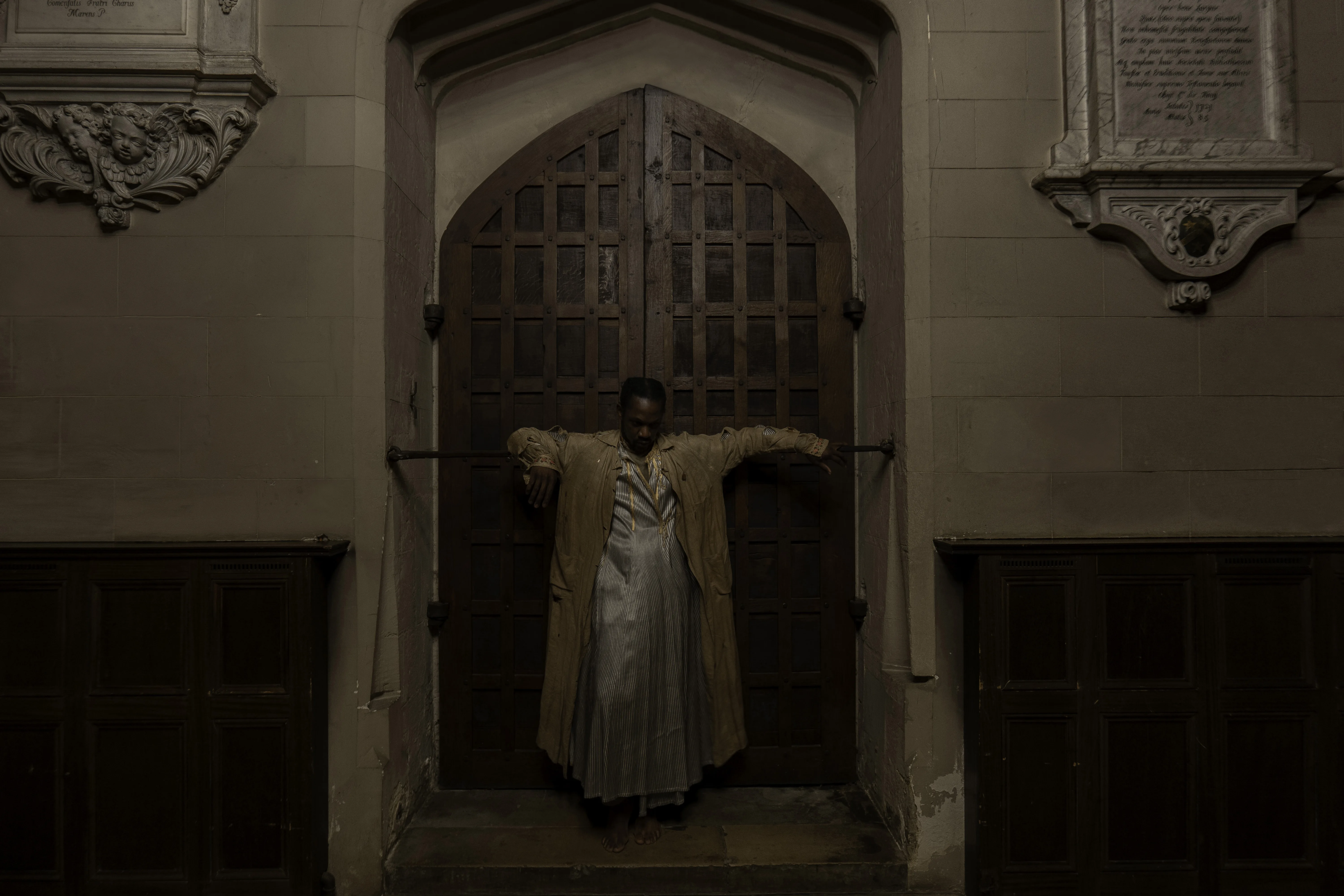
VK: But those people that it wasn’t designed for are now beginning to run it. Larry Gagosian was a poster schlock on the streets of LA and though he wasn’t consecrated by a system that was running it, he realized he had Leo Castelli who inspired him, and he saw the ways he operated, and because he was an outsider, he was actually able to create this world that is now the status quo. I’m sure you feel like you’re in the clinches now, but in five years you’re going to be one of those people who not only got through it but also become an exemplar. We don’t have a lot of great role models.
What really excites me is the humility by which you’ve found such a powerful and authentic way to be a dealer, to be an authentic artist, and someone who has the capacity to have the courage to write their own rule book and not have to placate to the systems so it’s worse than third-grade pressure. That kind of fear that everyone says, well, you’re not conforming, so you’re not going to succeed. I’m not trying to blow smoke up your ass. The way that you’re talking about how you see things and how you want to do things is so authentic. Your voice is what we need right now.
OC: I honestly don’t think I could get lost. I don’t think you can necessarily lose your way when it comes to making aesthetic choices. If you look at it as part and parcel of existence, survival, and as a technology, you may always stay in the schoolhouse, learning and sharpening up your wits, to know what’s happening on the grounds.
